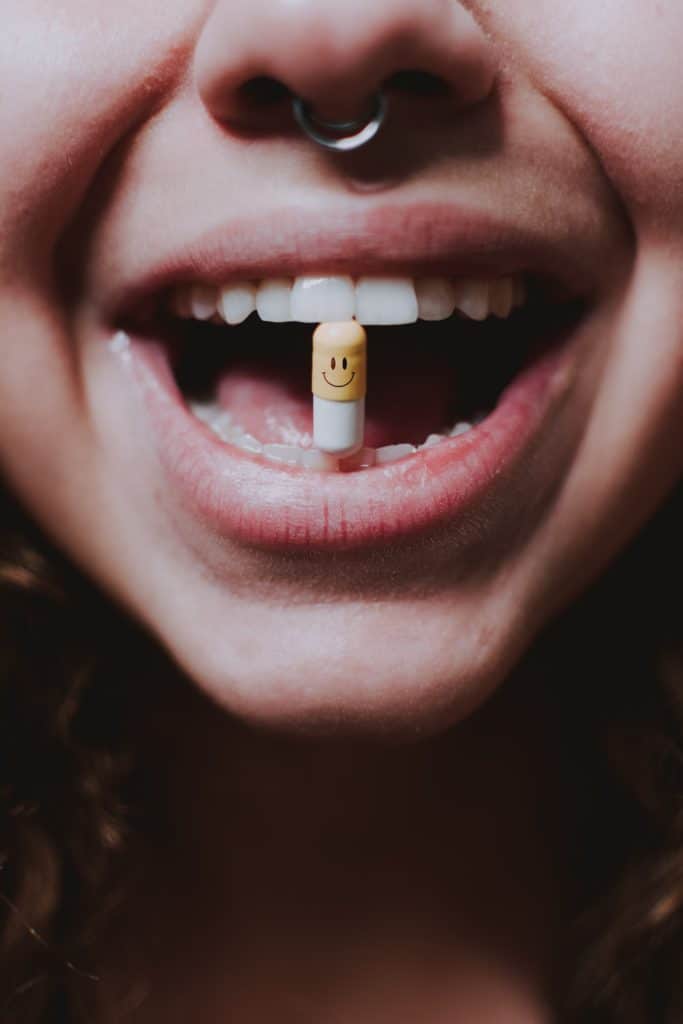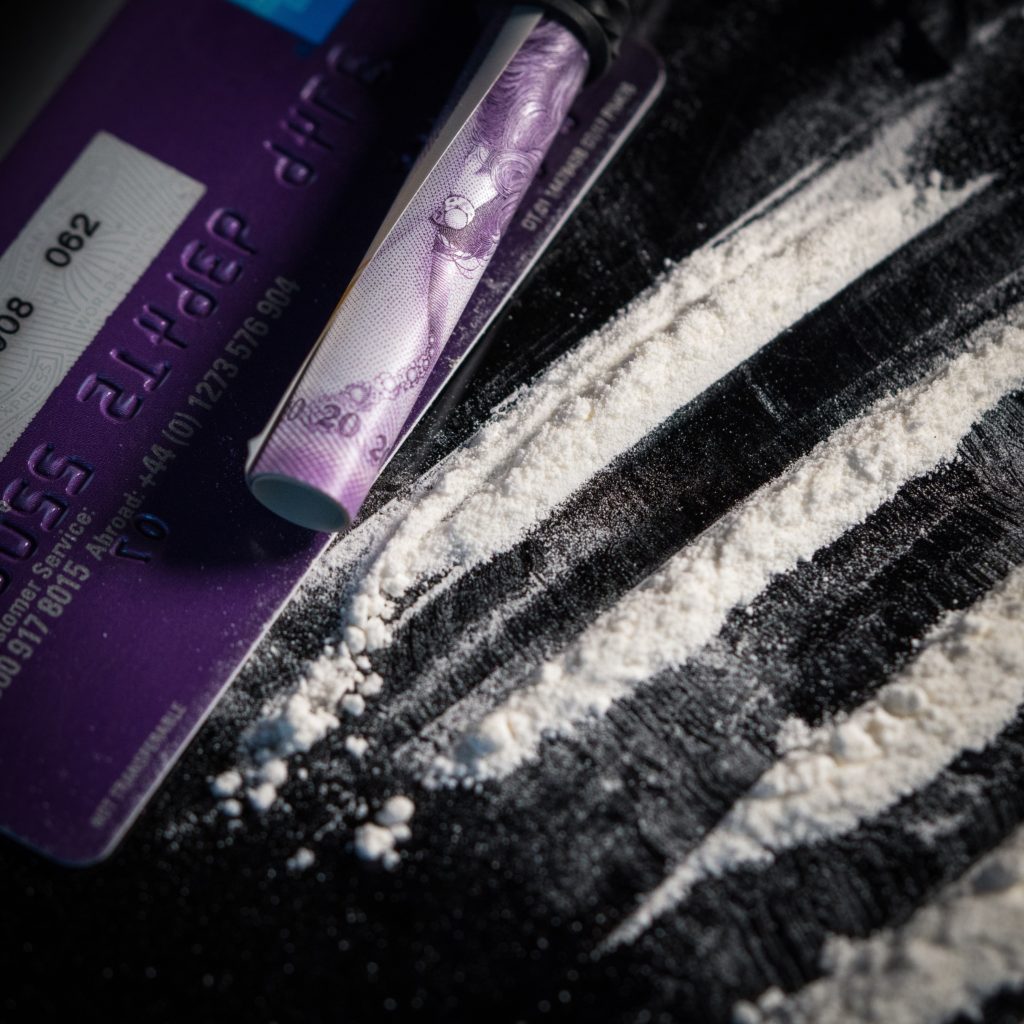What is Molly?
According to the National Institute on Drug Abuse, Methylenedioxy-methamphetamine (MDMA) commonly known as Molly, is a synthetic drug that alters mood and perception (awareness of surrounding objects and conditions). It is chemically similar to stimulants and hallucinogens, producing feelings of increased energy, pleasure, emotional warmth, and distorted sensory and time perception.
Can you snort molly? It was initially popular in the nightclub scene and at all-night dance parties (“raves”). But the drug now affects a broader range of people, commonly called Ecstasy or Molly. Its chemical structure is similar to amphetamines, such as methamphetamine and a hallucinogen called mescaline. Mescaline is the active ingredient in the drug peyote.
The unique chemical structure of MDMA causes both hallucinogenic and stimulant effects, such as bursts of energy, changes to how time is perceived, and sensitivity to touch. Ecstasy and Molly come in pills, capsules, and powder. They’re well-known club drugs that are popular at music festivals. In 2016, an estimated 2.4 million people reported using ecstasy, according to the National Survey on Drug Use and Health published in September 2017.

How molly is taken?
Can you snort molly? Molly can be taken in different ways and how quickly the drug reaches the brain depends on how it was taken. The faster a drug reaches the brain, the faster the rewarding effects are induced, and the more likely the user is to develop an addiction.
When swallowed, the effects of ecstasy can be felt around 30-45 minutes after dosing. Can you snort molly? Snorting the drug will cause these effects to arise more quickly and to be felt more intensely, increasing the risks associated with use. This is not to mention the potential damage done to the user’s nasal passages, sinuses, airways, and oropharynx (i.e., mouth and throat).
Can you snort molly?
Molly (MDMA) is often snorted (or sniffed) and the snorting of it can cause the effects to come on faster and have a shorter, more intense peak as the drug reaches the brain quicker.
Side effects of snorting molly
The ecstasy high can be a pleasurable experience for the user—from increased sensory perception and empathic feelings toward others to feeling energized and happy. But this euphoric high has a darker side. Ecstasy side effects range from mildly uncomfortable to life-threatening, and they vary depending on whether MDMA was combined with other substances and, if so, which ones.

Ecstasy’s side effects include:
- Increased body temperature
- Sweating
- Teeth grinding
- Jaw clenching
- Blurred vision
- Dry mouth
- Dilated pupils
- Nausea
On top of the drug-specific effects, snorting ecstasy can cause other types of damage to the nasal passages and sinus structures. Damage from nasal insufflation of MDMA includes:
- Irritation of the nasal mucosa
- Nosebleeds
- Hoarse voice
- Impaired sense of smell
- Swallowing difficulties
- Hole in the nasal septum
Can snorting molly cause an overdose?
Many users take ecstasy in a party environment to fuel hours of dancing, often unintentionally neglecting their health needs (e.g., eating and drinking water). MDMA doesn’t make users overdose by drug toxicity. MDMA overdose may occur as a result of several exaggerated physiologic responses that, in turn, impair vital life functions—processes such as heart rate and body temperature can become dangerously elevated and have disastrous results. Combined with poor hydration and diet, these effects can even be life-threatening in extreme situations.
In addition to the risky effects of MDMA, ecstasy pills may have other substances in them that have a whole separate set of dangers. Depending on which substance is mixed with the MDMA, a user may experience an enhancement of MDMA’s effects and/or a slew of other unexpected effects that can have lasting repercussions.
MDMA’s life-threatening effects include:
- Dangerously high body temperature
- Overconsumption of water leading to dangerously low sodium levels (hyponatremia)
- Cerebral edema (brain swelling)
- Cardiovascular failure
- Stroke
- Seizures
- Liver or kidney failure
One major risk with heavy ecstasy use is the development of serotonin syndrome. Serotonin syndrome results from the user’s brain flooding with serotonin, resulting in:
- Vomiting
- Overactive reflexes
- Tachycardia (fast heart rate) and hypertension (high blood pressure)
- Coordination problems
- Restlessness
- Hallucinations
- Nausea
- Diarrhea
The combination of dangerous side effects and the potential for developing serotonin syndrome can put users at lethal risk when snorting the drug.
Signs of molly addiction
MDMA addiction can take a major toll on a person’s life. Addiction is a long-standing struggle for many people, and knowing the signs of it may save someone’s life.
Some signs of ecstasy addiction include:
- Taking more ecstasy or taking it for longer than intended
- Having the desire to cut down or stop using, but being unsuccessful at doing so
- Spending a lot of time trying to get or use ecstasy
- Craving ecstasy
- Ecstasy use interfering with work, social, or family responsibilities
- Continuing to use ecstasy despite negative life consequences related to use
- Depression when unable to use ecstasy
- Lower appetite
- Anxiety
- Problems with sleeping
- Lower sex drive
- Memory problems
- Cognitive performance deficits
Effects Of Regular MDMA Use
Sleep disturbances, lack of appetite, concentration difficulties, depression, heart disease, and impulsivity have been associated with the regular use of Methylenedioxy-methamphetamine. In addition, heavy MDMA use over two years is associated with decreased cognitive function. Some of these disturbances may not be directly attributable to MDMA. Still, they may be related to other drugs often combined with Molly, such as cocaine, alcohol, or marijuana, or to contaminants commonly found in MDMA tablets.
Effects on the brain
MDMA increases the activity of three brain chemicals:
- Dopamine: produces increased energy/activity and acts in the reward system to reinforce behaviors.
- Norepinephrine: increases heart rate and blood pressure, which are particularly risky for people with heart and blood vessel problems.
- Serotonin: affects mood, appetite, sleep, and other functions. It also triggers hormones that affect sexual arousal and trust. The release of large amounts of serotonin likely causes the emotional closeness, elevated mood, and empathy felt by those who use MDMA.

Other health effects include:
- Nausea
- Muscle cramping
- Involuntary teeth clenching
- Blurred vision
- Chills
- Sweating
MDMA’s effects last about 3 to 6 hours, although many users take a second dose as the effects of the first dose begin to fade. Over the week following moderate use of the drug, a person may experience:
- Irritability
- Impulsiveness and aggression
- Depression
- Sleep problems
- Anxiety
- Memory and attention problems
- Decreased appetite
- Decreased interest in and pleasure from sex
Molly or MDMA stays in your system a couple of days after the last dose, may be detectable in urine for up to three to five days, can be found in your blood up to two days after last use, same in saliva, as well.
Some of these effects may be due to the combined use of MDMA with other drugs, especially marijuana.
High doses of Methylenedioxy-methamphetamine can affect the body’s ability to regulate temperature. This can lead to a spike in body temperature that can occasionally result in liver, kidney, or heart failure, or even death.
In addition, because Molly can promote trust and closeness, its use—especially combined with sildenafil (Viagra®)—may encourage unsafe sexual behavior. This increases people’s risk of contracting or transmitting HIV/AIDS or hepatitis.
Acute and Sub-Acute Effects
People use ecstasy to feel happy, energetic, and disconnected from reality. Others use it to feel the drug’s hallucinatory effects. It can change how people perceive time. It also affects vision and hearing.
Acute Effects
A person may experience the intoxicating effects of MDMA within 45 minutes or so after taking a single dose. Those effects include an enhanced sense of well-being, increased extroversion, emotional warmth, empathy toward others, and a willingness to discuss emotionally charged memories. In addition, people report enhanced sensory perception as a hallmark of the MDMA experience. However, MDMA can also cause several acute adverse health effects. For example, while fatal overdoses on MDMA are rare, they can potentially be life-threatening—with symptoms including high blood pressure (hypertension), faintness, panic attacks, and in severe cases, a loss of consciousness and seizures.
Sub-Acute Effects
Recreational use of MDMA is often characterized by repeated drug taking over several days (binges), followed by periods of no drug-taking. In one animal study, this pattern of use produced irregular heartbeat (arrhythmia) and heart damage. In addition, in the week following the use of the drug, many people report depression, impaired attention and memory, anxiety, aggression, and irritability.
Treatment for molly dependence and addiction
Ecstasy is one of the less addictive stimulants and one of the more addictive hallucinogens. The number of people who listed ecstasy as their primary reason for going to rehab in 2015 was comparable to the number for all other hallucinogens combined, according to the 2005-2015 Treatment Episode Data Set by the Substance Abuse and Mental Health Services Administration—in contrast, more than 60 times as many people sought treatment for methamphetamine addiction than ecstasy addiction that year. No medications are available for the treatment of stimulant addiction. That is why NIDA recommends cognitive behavioral therapy and support groups for people struggling to quit Molly.
Reclaim Your life from Molly Addiction
MDMA Addiction is a condition that can cause major health, social, and even economic problems that should not be taken lightly. We Level Up Treatment Center can provide you, or someone you love, the tools to recover from MDMA Addiction with professional and safe treatment. Feel free to call us to speak with one of our counselors. We can inform you about this condition and give you the clarity to questions such as “Can you snort molly?” by giving you relevant information. Our specialists know what you are going through. Please know that each call is private and confidential.
Sources
[1] National Institute on Drug Abuse. (2016). Drug facts: MDMA (Ecstasy/Molly).
[3] National Institute on Drug Abuse. (2011). Commonly Abused Drugs.
[4] National Institute on Drug Abuse. (2006). MDMA (Ecstasy) Abuse.
[5] U.S. National Library of Medicine. (2014). Serotonin Syndrome. Medline Plus.